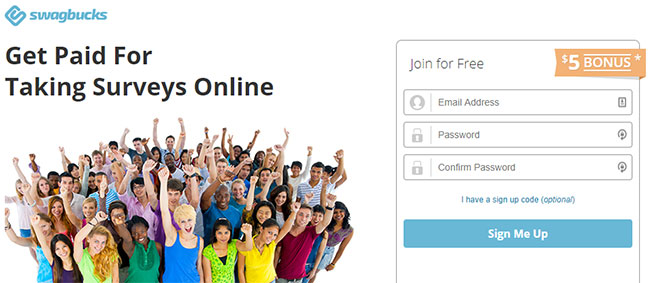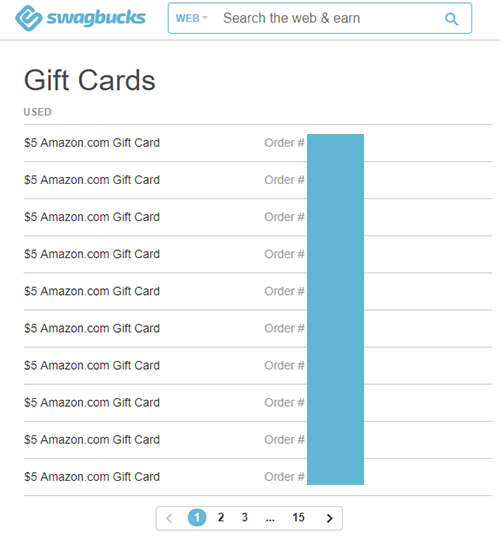Whether you find it soothing or creepy, people are getting paid to make ASMR videos on YouTube.
You know these videos – they’re people whispering on screen, eating loudly, doing a ton of noises, sounds, tones, and other activities to help other people relax.
ASMR videos are part of an interesting phenomenon.
ASMR artists are part of a growing online community of people that make pleasurable sounds either live or pre-recorded in hopes of reaching a person who might find those particular sounds relaxing.
Those videos may seem boring to anyone not familiar with ASMR, but to an entire population of people sensitive to these triggers, it can mean hours-long of genuine relaxation.
What is ASMR, exactly?
ASMR (autonomous sensory meridian response) is a term that was coined in 2010. It refers to the relaxing sensation a person feels from the scalp, crawling to the spine and down the body.
ASMR has been described as ” mild electrical current” or chills people get when someone whispers into their ear or plays with their hair.
ASMR is triggered by numerous auditory and visual things, including specific hand movements, loud chewing/crunching noise, nail tapping, rubbing fabric and whispering, among others.
Many people feel that watching ASMR videos is deeply relaxing. (Check Google Trends and the term “ASMR sleep” consistently ranks high around sleeping time regardless of country of origin). Pretty cool, right?
Renowned painter and iconic artist Bob Ross, more specifically his soft dulcet-toned voice, has been regarded an ASMR trigger.
Those who discover Bob Ross only recently feel that the reason for his popularity is how Bob’s voice made people deeply relaxed.
How does ASMR work?
You either have ASMR, or you don’t.
This means if you watch a trigger like crinkling paper and you do not have experience a tingling sensation because of it, it simply means your body didn’t react to this particular trigger (and probably opt out of the video).
In some cases, you can still discover a specific trigger that lets you experience ASMR.
Sometimes you never do.
Contrary to what others may think, ASMR isn’t ALL sexual.
However, this doesn’t mean a person watching ASMR cannot get turned on.
Heck, there’s a sub-niche of ASMR devoted completely to sexual ASMR.
Watching ASMR videos is a slippery slope.
This is because the tingling sensation felt (or ASMR) varies from one person to the next. A person may get turned on by watching someone stirring a bowl of soup today, and feel completely different about that same ASMR video tomorrow.
And since there’s very little science behind ASMR, what we know about this sensation and the triggers behind it come from those who watch and those who get paid to do ASMR videos.
Highest Paid ASMR Artists and Their Work
As you can see, ASMR isn’t exactly an easy topic to explain. But to give you an idea how many people get paid to do ASMR videos these days, here are 6 examples:
1. SAS-ASMR
- Specialty: ASMR with Mukbang (Korean words for “eating” and “broadcasting”)
- Subscribers: 7.6 million (from April 2016 to present)
- Income: She reportedly has a net worth of $7.5 million and earns about $120,000 a month
On this video, she eats all of the most popular foods from her channel – honeycomb, aloe vera, seagrapes, and octopus – in one go with her trademark extremely loud chewing, crunching and gulping sounds.
2. Makenna K Kelly (of Life with MaK)
- Specialty: She does role-plays and a ton of whispering
- Subscribers: 1.6 million (from November 2017 to present)
- Income: The teen earns a whopping $1,000 a day from her ASMR videos
As the youngest popular ASMR YouTuber (she’s only 14 as of 2019), her channel is highly controversial and the continuous flagging means YouTube takes her content down more often as she’d hope.
For example, her video role-playing a first class flight attendant has been viewed about 3 million times. Her mom tries to protect Makenna by blocking comments on YouTube, but this doesn’t stop bloggers and other YouTubers from poking fun of the teen’s ASMR videos.
3. Maria Viktorovna (of Gentle Whispering channel)
- Specialty: natural sleep aid videos
- Subscribers: 1.7 million (from 2011 to present)
- Income: Maria earns a whopping $130,000 a year from YouTube alone.
On this particular video, she taps her face, “taps” the viewers face, talks to her viewers in a whisper and smiles every now and then.
4. Taylor Darling (of ASMR Darling)
- Specialty: known for her affirmation, compliments, face touching, hair brushing, hair play and ASMR makeup videos
- Subscribers:4 million (from 2014 to present)
- Income: Earns around $12,000 a month with a net worth of $1m as of 2019
Darling is truly adorable and wholesome. On this video, she explains 20 triggers that can help people sleep or happy.
5. Gibi ASMR
- Specialty: cosplay, makeup ASMR, role-playing and whispering
- Subscribers:2 million (from June 2016 to present)
- Income: Has an estimate net worth of $1.5m as of 2019
Of all the ASMR explanation videos, Gibi’s video is probably the most entertaining.
Other examples of ASMR artists on YouTube:
- Albin Whisperland – paints and draws with an ASMR twist
- ASMR Hiking – brings the sound of nature to your screen
Even celebrities like Eva Longoria is aware (and took a crack at ASMR) for W Magazine.
5 Ways to Get Paid to do ASMR Videos
Now that you understand the whole picture of ASMR and if you’re lucky enough to have found your triggers quickly, are you interested in becoming an ASMR artist?
If you answered “yes,” here are 5 ways ASMR artists get to earn from their content:
1. Create videos for YouTube
Many ASMR artists have called YouTube home since starting their ASMR channels. As long as the content remains clean (not sensual in nature), you’ll be find earning from YouTube ads. Learn more about YouTube monetization here.
If you prefer to create adult content (sexual ASMR), you’re going to be flagged on YouTube for sure. TwitchTV would be a better platform for you.
2. Live stream on Twitch
TwitchTV is massive in the online gaming/livestreaming world, but there’s no reason not to try your luck here if you’d like to showcase ASMR trigger live.
MaryJLeeee’s TwitchTV features her in sexy costumes, but her live-streamed ASMR is pretty wholesome (except of course when she does “mic licking” to make listeners feel their ears being licked).
MaryJLeeee details how she tries to keep it clean so she’d be taken seriously as a professional that helps with mental healing, but argues that other ASMR like Amouranth (who embraces her sex appeal on her ASMR channel) makes it hard to do so.
Whether you keep it clean or not, TwitchTV gives you more control over the money you can potentially earn.
You have ad revenues like YouTube, donations, subscriptions, paid livestreams, gifts, and other monetization.
Visit my TwitchTV guide if you want to check out this platform.
3. Setup a Patreon Account
YouTube and TwitchTV is where you upload your ASMR videos directly.
Meanwhile, Patreon complements you chosen platform.
If you wish to talk to your fans directly and offer perks in exchange for paid subscription tiers, this is the way to go.
4. Solicit Donations
There are several ways you can ask donations from your followers.
Some ASMR artists like Life with MaK leaves a link to her PayPal, so fans could send donations directly. Others include donation buttons on Patreon or TwitchTV.
Adding a donation button is perfect for supporters who prefer to have some control on the amount they wish to give. This is particularly true for TwitchTV and Patreon “plans” (with corresponding amount) that the ASMR artist already made in advance.
5. Get Sponsored
This monetization option is mostly reserved for ASMR artists who have millions of followers.
This is because brands would want to spread news about its products with the biggest audience they could find within their niche.
So if brands like Revlon or MAC want to enter the ASMR world, they’d probably look into artists who create makeup ASMR with a significant number of followers.
The Future of Getting Paid for ASMR
Even at its peak, ASMR has remained popular only within subset of people on the internet.
But it’s slowly growing and reaching mainstream.
In fact, at the Super Bowl 2019, Michelob Ultra ran an ASMR-triggering ad featuring Zoë Kravitz whispering into two microphones, playing with the beer bottle and pouring a glass altogether. It’s a pretty ballsy move, especially since Super Bowl traditionally feature big, loud and attention-grabbing ads.
However, only half of those 100 million viewers during Super Bowl “get” the ad. It divided the internet completely.
ASMR will always be misunderstood, since not everyone is sensitive to ASMR.
That is, of course, until more science can explain why some people are triggered by different visual and auditory cues (and some do not).
But it shouldn’t stop you from discovering your triggers and sharing them to the world, while you get paid to do ASMR videos.

















